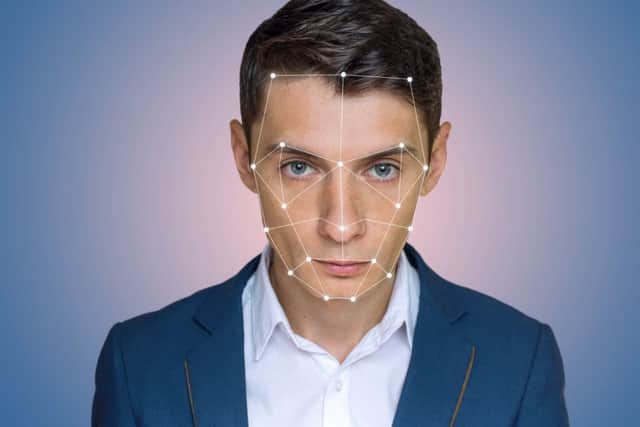Police retention of mugshots under scrutiny


John Scott QC, the lawyer who last year led a similar investigation into the use of stop and search by police, is chairing the group, which has been set up by the Scottish Government.
Last year Scotland on Sunday revealed that custody photos are kept by police for up to 12 years even when no further action is taken.
Advertisement
Hide AdAdvertisement
Hide AdIt followed the publication of a report by HM Inspectorate of Constabulary in Scotland (HMICS) which called for the consideration of legislation governing the retention of photographic images, as well as the establishment of an independent commissioner and a new statutory code of practice for the use of biometric data such as mugshots and DNA samples.


In the report, HMICS warned that there was no statutory framework or legislation in Scotland regulating how the police use or retain photographic images. While fingerprint and DNA samples are destroyed if criminal proceedings are dropped, mugshots are kept on police “custody software” under a practice which predates the formation of Police Scotland.
Most images are kept for at least six years, but those accused of more serious offences have their mugshot retained for up to 12 years.
Scott said: “[Biometric] data has been used effectively in the detection and prosecution of crime but we need to consider oversight arrangements and make sure that there are sufficient safeguards in place around its capture, retention, use and disposal, especially with the increased use of less intrusive methods. In future, it is increasingly likely that such data will come from body-worn cameras, which are already used by the police in parts of Scotland, and CCTV.
Advertisement
Hide AdAdvertisement
Hide Ad“We will look specifically at the retention and use of facial images – photographs of individuals retained on different systems by Police Scotland and others which presently have different rules and practices around use, retention and disposal.”


While Police Scotland retains the mugshots of those not subsequently charged, the images are not uploaded to the Police National Database (PND) as is the case in England and Wales.
The PND allows officers to search for a match among custody pictures using images taken from sources such as CCTV and mobile phones.
Since 2014, UK police forces have been able to carry out “facial searches” using mugshots stored on the PND, which was introduced after intelligence gaps were identified in 2002.
Advertisement
Hide AdAdvertisement
Hide AdJustice Secretary Michael Matheson said: “At a time when police use of biometric and related technologies is increasing, this work aims to bring certainty to and maintain public confidence in police use of this data to investigate crime and protect the public.”
John Scott: Inquiry will seek ethical framework for use of biometric data
I am delighted to have been asked to chair an Independent Advisory Group looking at the use of Biometric Data in Scotland. It is an important and interesting area, only some aspects of which are covered by legislation.
Our group includes key individuals, practitioners and academics in policing, prosecution, human rights, ethics and data protection. Importantly, two of our members have already investigated the subject. Nine years ago, Jim Fraser, professor of forensic science at Strathclyde University, produced a report which formed the basis for changes in legislation around retention of fingerprints. And only last year, Derek Penman, Her Majesty’s Chief Inspector of Constabulary in Scotland, produced a report addressing, in particular, issues around facial image retention and search.
Advertisement
Hide AdAdvertisement
Hide AdBut what is “biometric data”? It is a phrase used commonly but perhaps not always understood. Many people now have “biometric” passports. These contain a chip with certain facial measurements of the holder, like distance between eyes. The phrase can describe any computer data that derives from measurements of human characteristics, some of which are considered unique to the individual. It includes fingerprints and DNA samples and profiles. Such samples are generally taken with the knowledge and, usually, consent of an individual (witnesses as well as suspects) in the context of a criminal investigation.
Such data has been used effectively in the detection and prosecution of crime but we need to consider oversight arrangements and make sure that there are sufficient safeguards in place around its capture, retention, use and disposal.
We will look specifically at the retention and use of facial images – photographs of individuals retained on different systems by Police Scotland and others which presently have different rules and practices around use, retention and disposal.
We will look at questions which may arise with developing types of biometric data in the hope that we can establish principles informed by relevant ethical and human rights considerations to inform the delicate balancing exercise involved. Already, we have identified proportionality and necessity as key principles, with special regard being needed for the implications of retention of such data derived from children and young people.
Advertisement
Hide AdAdvertisement
Hide AdIs there a place for consent in retention? Is there evidence to assist in decisions and rules about length of retention, for example, in terms of likelihood of re-offending?
Our report, with recommendations, will be produced by the end of this year.